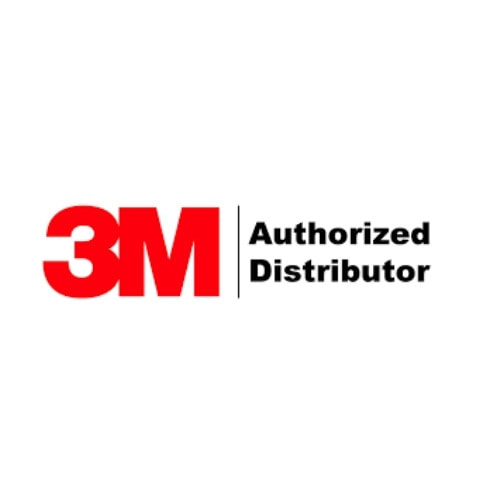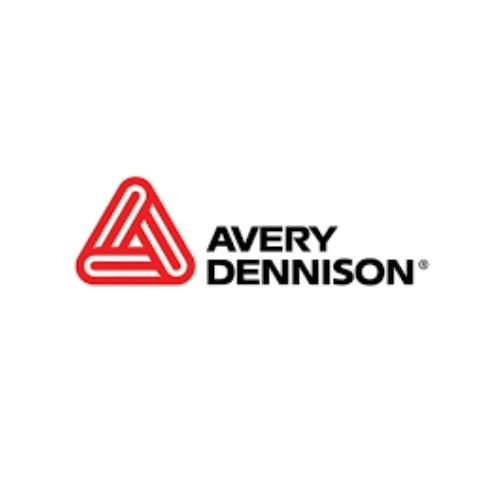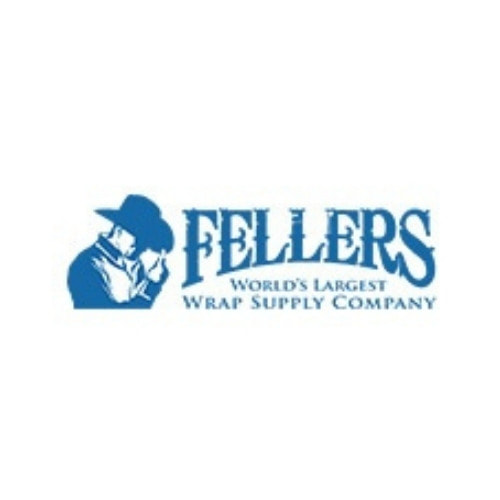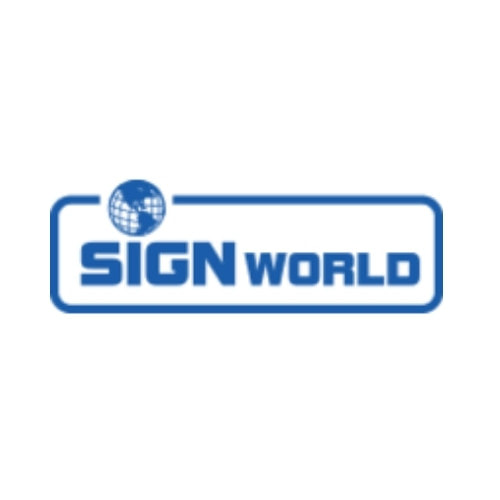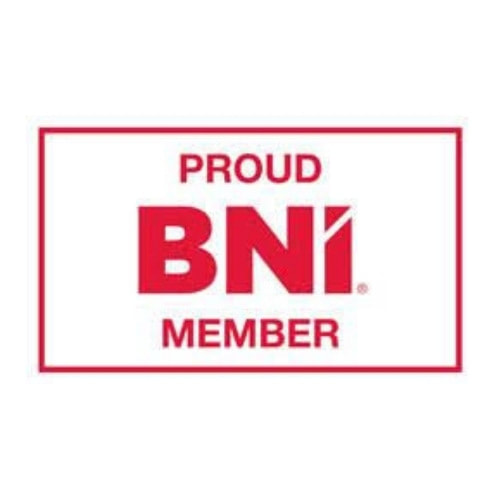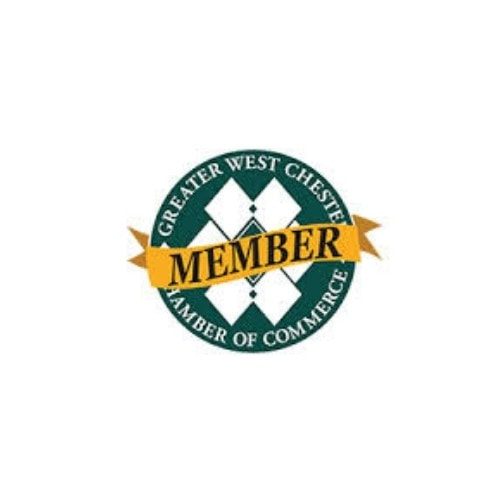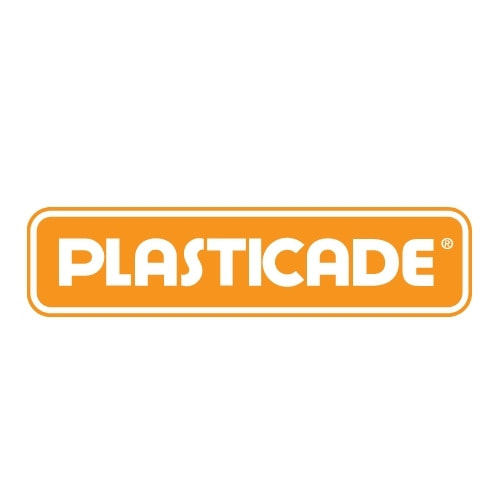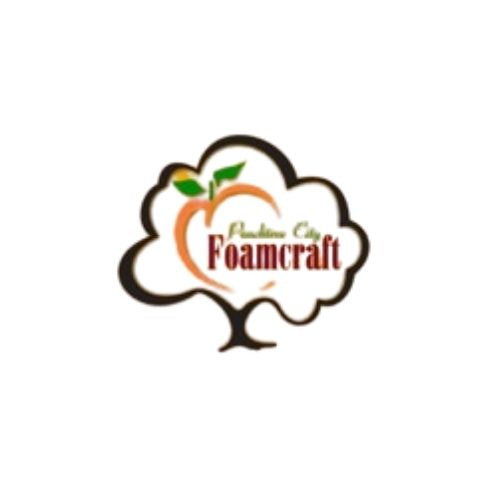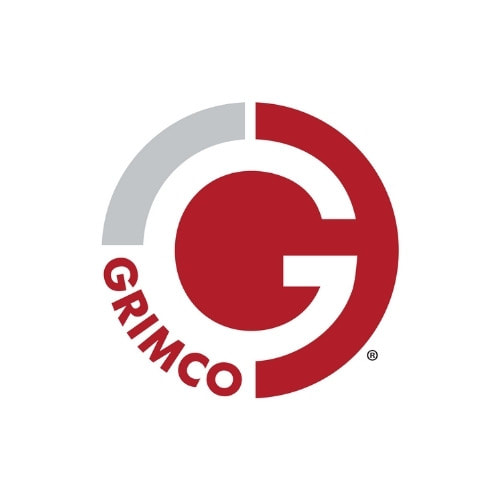|
Is your business in need of signage? Are you looking for something that will make you stand out? Well right now, you can easily convey your message with our custom aluminum composite signs, perfect for indoor or outdoor use. Made from a blend of aluminum and plastic, these ACM signs are renowned for their durability, versatility, and cost-effectiveness across various applications. At Signs A La Carte, we offer all kinds of signage. We are here to help ensure your business looks as great as it is! ACM signs excel in diverse settings such as retail displays, trade shows, and building signage due to their robust construction and resistance to weather, rust, and corrosion. Lightweight and simple to install, they are ideal for both permanent fixtures and temporary displays. This type of signage offers exceptional flexibility; they can be tailored to any shape or size and can showcase high-resolution graphics to meet specific customization needs. Moreover, ACM signs prove cost-effective, serving as a reliable investment for businesses and organizations seeking long-term signage solutions. Beyond their practical advantages, ACM signs are environmentally friendly, crafted from recyclable materials that minimize waste compared to disposable alternatives like paper signs. Not sure where to begin? That is no problem for our expert design team. We can customize signage in all shapes and sizes. Additionally, we can color match almost anything! That is right, we are able to match your new signage to your brand. Not only does Signs A La Carte design and manufacture the signage, but we also install. When it comes to aluminum composite signs, we want these to be durable and long lasting. During the installation, we may use Silver standoffs, Zip ties, double-sided tape, or Velcro to ensure your new customized signage will not budge. In summary, our ACM signs combine durability, versatility, easy installation, cost-efficiency, and weather resistance, making them an optimal choice for effectively communicating messages, promoting products or services, and enhancing brand visibility in any environment. No business is complete without custom signage. If you or someone you know is in need of customized signage, we are here to help. We love working with new clients! At Signs A La Carte we offer many different types of signage. We are willing to work with you so that you can have your dream signage stress free. From start to finish we want to ensure you are getting exactly what you are paying for. If you have a vision in mind for what type of aluminum composite signage you would like to see in front of your business, company, or even your home contact Signs A La Carte today for a free quote. We will send you a proof prior to ensure the sign is exactly what you are looking for. You can reach us at (484) 464-0111 or [email protected] for more information check out our Facebook page https://www.facebook.com/signsalacarte, we look forward to working with you!
0 Comments
Advertising on vehicles dates back to the early 1900s. This all began during a road race, when Milton Hershey decided to paint on his vehicle to advertise his Hershey Chocolate brand. At the time, paint was the only option available. It will not be until 50 years later when a new material becomes available to advertise on business vehicles. Using company vehicles is a great way to get passers-by to recognize who you are and what your brand has to offer. Vehicle wrap has become a marketing phenomenon over time. Eventually, vinyl wrap was manufactured and the rise of car wrap began. Paint was no longer being used, and graphics and signage could be added to vehicles by affixing individual decals. In the beginning of this life changing invention it was expensive to get your hands on. As car culture became more prominent across America, numerous groups started utilizing car decals. For decades, decals became the norm for vehicles. It was not until the advances of technology and production in the 1980s when decals became more affordable and easier to access. This is when marketing brands on vehicles became more mainstream. Although decals were becoming more and more popular, the quality was not up to the standard it is today. The taxi industry made a change in the way graphics were needed. Eventually, taxi companies had certain standards that needed to be met before they could be on the road. This is when full vehicle wrap becomes the solution. Unlike other decals, vinyl vehicle wrap can fit around curved and rounded surfaces. These can be easily installed and removed without damaging your vehicle. Vehicle wraps are popular world wide. They can be made for almost any type of vehicle. At Signs A La Carte, our expert design team can customize any design you are looking for. if you have a specific color you are looking to match, we have got you covered! Whether you know exactly what you're looking for, or not sure where to begin, we work with you to ensure you have the best experience possible. All our manufacturing is done right in our West Chester location. At Signs A La Carte we offer many different types of signage. We are willing to work with you so that you can have your dream signage stress free. From start to finish we want to ensure you are getting exactly what you are paying for. If you have a vision in mind for what type of vehicle wrap or signage you would like to see in front of your business, company, or even your home contact Signs A La Carte today for a free quote. We will send you a proof prior to ensure the sign is exactly what you are looking for. You can reach us at (484) 464-0111 or [email protected] for more information check out our Facebook page https://www.facebook.com/signsalacarte, we look forward to working with you!
Show off your small business with custom hanging signs- by Signs A La Carte West Chester, PA-6/19/2024 Are you a new business, looking for custom signage? You have found the place to be! At Signs A La Carte, we customize all kinds of signage. From working on large products, to individualized items, no project too big or too small for us. Custom signage will make your business stand out. Small businesses thrive on developing a brand unique to their target audience. Custom hanging signs are essential to any storefront to give off a long lasting first impression. The best way to catch the attention of passers-by is to display your brand in a way that will be remembered. When working with Signs A La Carte, we work with you through every step of the process. During our free consultation, we will discuss everything you need to know in order for our team to create the perfect signage for your business. Do you already have a vision in mind? If you have a specific logo, font, or even color, our expert design team is able to produce almost an exact match to fit your brand's unique image. Custom hanging signs allow you to show off your small business and what you have to offer. Hanging signage comes in various shapes, sizes, and materials. Whether you like classic wood or a metal material to show off more of a modern look, Sign A La Carte has got you covered. Hanging signs are great for small businesses because they are cost effective. As a small business, you may be looking for a budget friendly option to get your name out there. Unlike digital marketing, hanging signage does not come with any fees. This signage will be available for potential customers or clients to view at all hours of the day. By investing in hanging signs for your small business, you are gaining the opportunity to market your brand with a sense of professionalism. Having professional signage shows your potential customers or clients you are a trustworthy business. Custom hanging signs offer an effective way to earn a great reputation in the local business community. From customizing the design of your future sign, to manufacturing and installing, Signs A La Carte does it all, so you don’t have too. At Signs A La Carte we offer many different types of signage. We are willing to work with you so that you can have your dream signage stress free. From start to finish we want to ensure you are getting exactly what you are paying for. If you have a vision in mind for what type of custom hanging signage you would like to see in front of your business, company, or even your home contact Signs A La Carte today for a free quote. We will send you a proof prior to ensure the sign is exactly what you are looking for. You can reach us at (484) 464-0111 or [email protected] for more information check out our Facebook page https://www.facebook.com/signsalacarte, we look forward to working with you!
How property signage can be utilized in your space – by Signs A La Carte West Chester, PA-6/11/2024 Do you own a commercial property? Are you in need of a variety of signage? Are you not sure where to begin? Look no further. At Signs A La Carte, we customize all kinds of signage. No project is too big or too small for us. If you are in need of new signage, or just looking to refresh your old signage, you are in luck. Our team works with you from start to finish to ensure you are getting exactly the signage you need fit for your location. You may be wondering what kind of property signage we have to offer. At Signs A La Carte, we have everything you could possibly need. If you do not see something you are looking for, just ask! Our team is happy to help! Adding property management signage for a commercial venue is no small task. When discussing apartment signage, there may be signage you haven't even thought of. This is why our team is here to help. In addition to parking and fire signage you may also need directional signage pointing towards the amenities. This could include the laundry room, gym, trash shoot, and so on. HOA signs can be needed in certain areas. In addition to parking, this type of signage also includes the rules for the community.
If you have additional space in your building, why not advertise it? Tenant panel signage is a great way to show that there is vacancy in your space. This will get your name out there and get potential customers, clients, or tenants At Signs A La Carte we offer many different types of signage. We are willing to work with you so that you can have your dream signage stress free. From start to finish we want to ensure you are getting exactly what you are paying for. If you have a vision in mind for what type of property signage you would like to see in front of your business, company, or even your home contact Signs A La Carte today for a free quote. We will send you a proof prior to ensure the sign is exactly what you are looking for. You can reach us at (484) 464-0111 or [email protected] for more information check out our Facebook page https://www.facebook.com/signsalacarte, we look forward to working with you!
Do you have a small business you are looking to advertise? Are you not sure where to begin? Well, you have come to the right place! At Signs A La Carte, we customize all kinds of signage fit for any business. We work with you from start to finish to ensure you are getting the custom signage you are looking for with our expert help. It is no secret that mobile advertising is becoming more popular. This type of advertisement is a great way to get your business or company name out there at a low price. Adding lettering to your company or personal vehicle is one of the best ways to show potential customers and clients who you are and what you represent. Whether your vehicle is parked or on the highway it will always be visible to passers-by. This increases your branding and the likelihood of getting new business. We recently worked with JB Lawn Landscaping to customize lettering and logos on their vehicles. Weather you have a small or large business, there is no time like the present to show off your business. One of the many benefits of utilizing lettering is that there is no damage done to your vehicle. Not only does our professional team design, manufacture, but we also install. During our free consultation we will discuss everything you need to know before placing your order with us. Our team works with you to ensure you are getting your dream custom signage or graphics. If you have a company vehicle you are looking to add graphics to, you will be getting the best service with Signs A La Carte. Our professional team will listen to your wants and needs and create a proof for you to approve before we get to work. Once we get the go-ahead from you, our team will manufacture the lettering right in our store. Once we have these printed our expert installation team will take over. We take pride in our work, this is why our team will go the extra mile to ensure there are no air bubbles, the lettering is centered and even, and it will be durable and long lasting. At Signs A La Carte we offer many different types of signage. We are willing to work with you so that you can have your dream signage stress free. From start to finish we want to ensure you are getting exactly what you are paying for. If you have a vision in mind for what type of Graphics, lettering, logos or signage you would like to see on your vehicle or in front of your business, company, or even your home contact Signs A La Carte today for a free quote. We will send you a proof prior to ensure the sign is exactly what you are looking for. You can reach us at (484) 464-0111 or [email protected] for more information check out our Facebook page https://www.facebook.com/signsalacarte, we look forward to working with you!
At Signs A La Carte we offer a variety of signage. Window graphics also come in many different forms. From entirely opaque to transparent, to simple lettering, we have got your covered! Window graphics are great for all businesses. Brand identity is always changing, so it is best to have signage that can change with you. You may be wondering, how window graphics can be useful to your business. There are numerous ways to utilize this type of signage. It is important for potential customers and clients to understand who you are and what you represent. Having signage on the interior or exterior of your building can go a long way. If you have small or large windows, these graphics can be fit for any size. Being visually appealing is a great way to attract passers-by. Window graphics are great for simple lettering. They can be opaque or even frosted if your business is looking for something to add character, but also give you the privacy you are looking for. Window graphics are to be displayed in the area that will encourage relevant people to take a step inside your business. These graphics, also known as decals, can display any information you are looking to share, including; store hours, business logos, featured products, sales, promotions, or anything you would like. We recently worked with OsteoStrong to help customize window graphics that worked best for their space. The beauty of working with a professional sign company is the ability to customize any kind of signage. Our expert design team is here to help! During our free consultation we will discuss everything we need to know in regards to measurements, location, price, and answer any questions you may have about our process. Once we have your custom window graphics created it is time for installation. Our professional team does it all. Unlike other sign companies, Signs A La Carte, will come to your location to ensure the signage is installed properly. We take pride in our hands on service. We want to ensure these window graphics will be durable and long lasting. With graphics comes precision and we want to ensure there will not be any air bubbles and everything will be centered to perfection so your business looks its best. At Signs A La Carte we offer many different types of signage. We are willing to work with you so that you can have your dream signage stress free. From start to finish we want to ensure you are getting exactly what you are paying for. If you have a vision in mind for what type of window graphics signage you would like to see in front of your business, company, or even your home contact Signs A La Carte today for a free quote. We will send you a proof prior to ensure the sign is exactly what you are looking for. You can reach us at (484) 464-0111 or [email protected] for more information check out our Facebook page https://www.facebook.com/signsalacarte, we look forward to working with you!
No matter what type of company or business you run, there will always be a need for signage. At Signs A La Carte, we customize all kinds of signage. not only do we design and manufacture, but we also install them as well. Building signs are a must for any commercial property. Signage will raise awareness of your property, attract potential customers and clients, and inform people of where your property is located. Of course you want your custom signage to be attractive and eye catching, this is an essential component of property management. Before you get your custom signage installed there are a few things to consider. Visibility is very important when deciding where you want to install your signage. The most amazing building could end up as a waste if passers-by cannot see it. It is important you look around your property to see what the best visibility is from all angles. If your building isn't visible from the street, you can always add extra signage directing passers-by where to go. Installing a larger or brighter sign is the best way to show potential customers and clients who you are and what you represent The location of your building is another thing to consider when designing custom signage. you want your sign to be hung at the right height as well as in the most appropriate location. A location to consider would be the entry way. If your signage is placed too low, passers- by may end up missing it. The impression your signage gives will tell a lot about your company or business. A first impression is everything. An old, broken, or run down sign will not gain the attraction you are looking for. New, modern signage will make your business look and feel more attractive and create a better first impression. Information is key when deciding on what you are looking to add to your custom signage. you would want to include information that is important to potential customers and clients, such as; name, logo, contact information, and what you have to offer. The size and formatting is equally as important. You don’t want your future guests to miss anything because the font is too small. If your contact information is clear, you will be hard to miss! At Signs A La Carte we offer many different types of signage. We are willing to work with you so that you can have your dream signage stress free. From start to finish we want to ensure you are getting exactly what you are paying for. If you have a vision in mind for what type of custom signage you would like to see in front of your business, company, or even your home contact Signs A La Carte today for a free quote. We will send you a proof prior to ensure the sign is exactly what you are looking for. You can reach us at (484) 464-0111 or [email protected] for more information check out our Facebook page https://www.facebook.com/signsalacarte, we look forward to working with you!
The road to utilizing vehicle wrap for successful marketing- by Signs A La Carte West Chester, PA-4/2/2024 If you are wondering if vehicle graphics or wraps are worth the hype, we are here to tell you that they are. What better way to get your company or business name out there by utilizing the car or truck you already have. Better yet, we can wrap almost anything on wheels! Advertising your brand is one of the ways you can get potential customers and clients to recognize who you are and what you represent.
Why choose mobile advertising? It is a great way to get your name out there for hundreds of passers-by to see. Whether you are driving on the highway or even if your car is parked, potential customers and clients will be able to see your business or company name and remember who you are. This will positively increase your brand recognition and credibility. Do you have multiple vehicles? At Signs A La Carte, we offer fleet wraps to extend your company or business’ reach. Our expert design team can customize the wrap or graphic to your liking, and then make multiple of the same exact ones. If you have different types of vehicles, that is no problem for us! During our free consultation we will gather all the information we need to know, including your company or business, name, logo, contact information, and the price point you are looking to stay in range of. Our team works diligently to ensure your experience with Signs A La Carte is the best. Our installation team works hard to guarantee the vehicle wrap or graphics are perfectly placed with no bumps or air bubbles. At Signs A La Carte we offer many different types of signage. We are willing to work with you so that you can have your dream signage stress free. From start to finish we want to ensure you are getting exactly what you are paying for. If you have a vision in mind for what type of vehicle graphic, wrap, or signage you would like to see on your company vehicle, or in front of or inside your business, company, or even your home contact Signs A La Carte today for a free quote. We will send you a proof prior to ensure the sign is exactly what you are looking for. You can reach us at (484) 464-0111 or [email protected] for more information check out our Facebook page https://www.facebook.com/signsalacarte, we look forward to working with you!
How paint can make a huge difference with custom signage- by Signs A La Carte West Chester, PA-3/26/2024 When you think of signage, you probably are not thinking of how it's made, rather what you want it to look like. At Signs A La Carte we customize all kinds of signage. Big or small, indoor or outdoor, we have got you covered. Our team is always evolving. We want to ensure quality in our work. This is why we have taken the next step and incorporated the Matthews Paint System. When purchasing from a wholesale sign company it's important to understand what you are really buying. Paint is surprisingly a big deal. There are very few paints that are specially made for signage. Paint is typically made for houses, cars, and other industrial applications. Signage is different. Depending on the location of your sign, it is rare that it will be washed or waxed. Weather can create wear and tear on your sign as well. If you have a specific color in mind some companies may have a hard time matching it. Being able to have a solution for all of these, gives our company a reason to stand out. 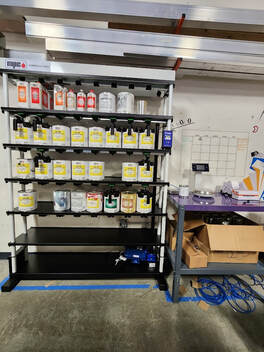 At Signs A La Carte, we use Matthews Paint System. It has been specifically developed for the signage industry. There are over 90,000 colors to choose from. And we are just getting started. Any color is still able to be configured. This paint is designed for the demands of architectural, commercial, and outdoor sign applications. Using this type of paint does not come easy. When utilizing this type of paint there are a few things needed. A high quality paint booth is required. The mixing station has a few moving parts, and there are training requirements in place. Our team at Signs A La Carte is trained and ready to go when it comes to painting your signage. The price of this paint may be a little more, but what you are getting is totally worth the price. The paint is made for signage. This will ensure your signage will be durable and long lasting. You want your customers to see your company or business as professional, so why not believe in yourself, and use the best paint made for custom signage? At Signs A La Carte we offer many different types of signage. We are willing to work with you so that you can have your dream signage stress free. From start to finish we want to ensure you are getting exactly what you are paying for. If you have a vision in mind for what type of whole signage you would like to see in front of your business, company, or even your home contact Signs A La Carte today for a free quote. We will send you a proof prior to ensure the sign is exactly what you are looking for. You can reach us at (484) 464-0111 or [email protected] for more information check out our Facebook page https://www.facebook.com/signsalacarte, we look forward to working with you!
Do you or does your company have a truck? Are you willing to add vehicle wraps or graphics to enhance your brand? Look no further, at Signs A La Carte, we have everything you need to get customized vehicle graphics and wraps. This is the perfect way to spread brand awareness and reach a new audience. If you are a business owner, adding vehicle wraps or graphics to your truck is a great idea to show passers-by who you are and what you have to offer.
Have you ever seen a QR code on a vehicle? At Signs A La carte, we can make that happen. Having interactive elements on your company truck is a fun and exciting way to get potential customers and clients to recognize your brand. Additionally, you can incorporate your truck into your design. You can utilize the components of the truck and include them in your design. For example; you can use your truck’s headlights to act as eyes or the grill as the mouth. This could potentially humor the passers-by which will then make them remember your name. A theme wrap could be a great way to ensure you are catching attention. A retro theme, sci-fi theme, cartoon theme, food theme, anything you can think of, we can do. If you are interested in any kind of signage we are here to help. Our expert design team and installation team is ready to work with you to ensure you get your company truck looking as great as your company! At Signs A La Carte we offer many different types of signage. We are willing to work with you so that you can have your dream signage stress free. From start to finish we want to ensure you are getting exactly what you are paying for. If you have a vision in mind for what type of vehicle wraps or graphics would like to see on your company truck, car, or any motor vehicle, contact Signs A La Carte today for a free quote. We will send you a proof prior to ensure the sign is exactly what you are looking for. You can reach us at (484) 464-0111 or [email protected] for more information check out our Facebook page https://www.facebook.com/signsalacarte, we look forward to working with you!
|
AuthorWrite something about yourself. No need to be fancy, just an overview. Archives
May 2024
Categories
All
|













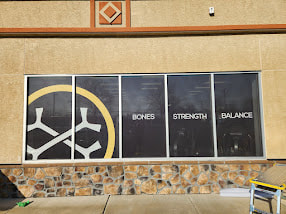
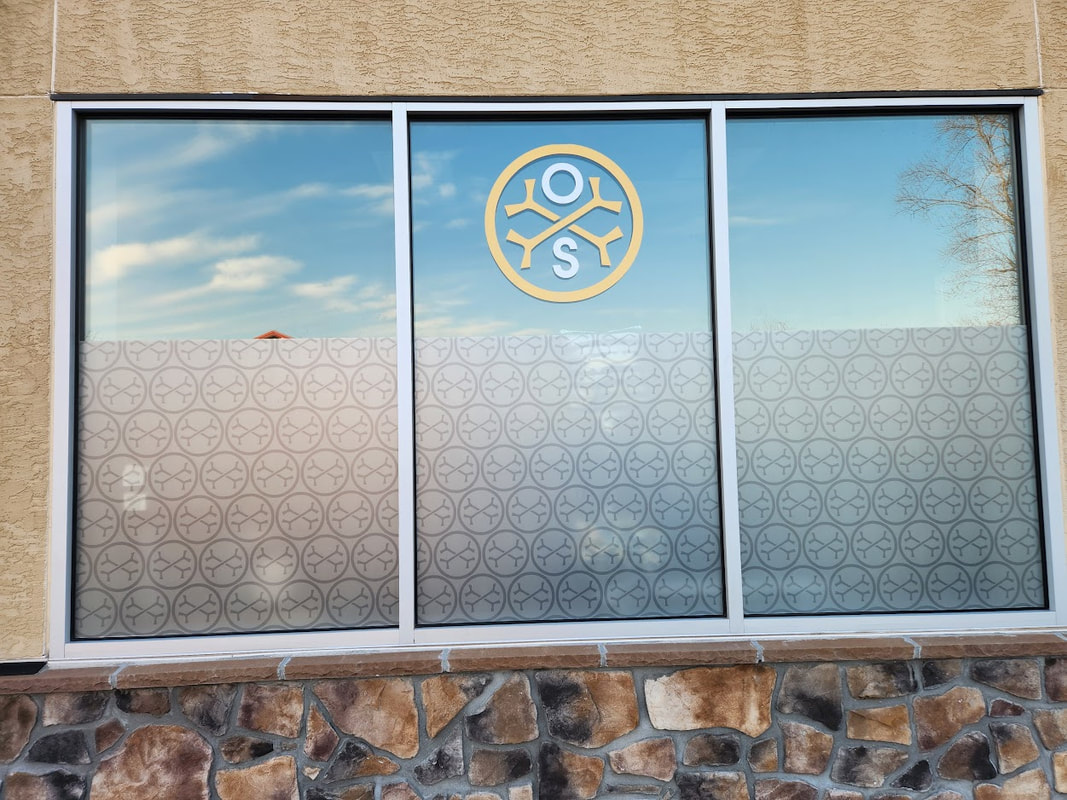
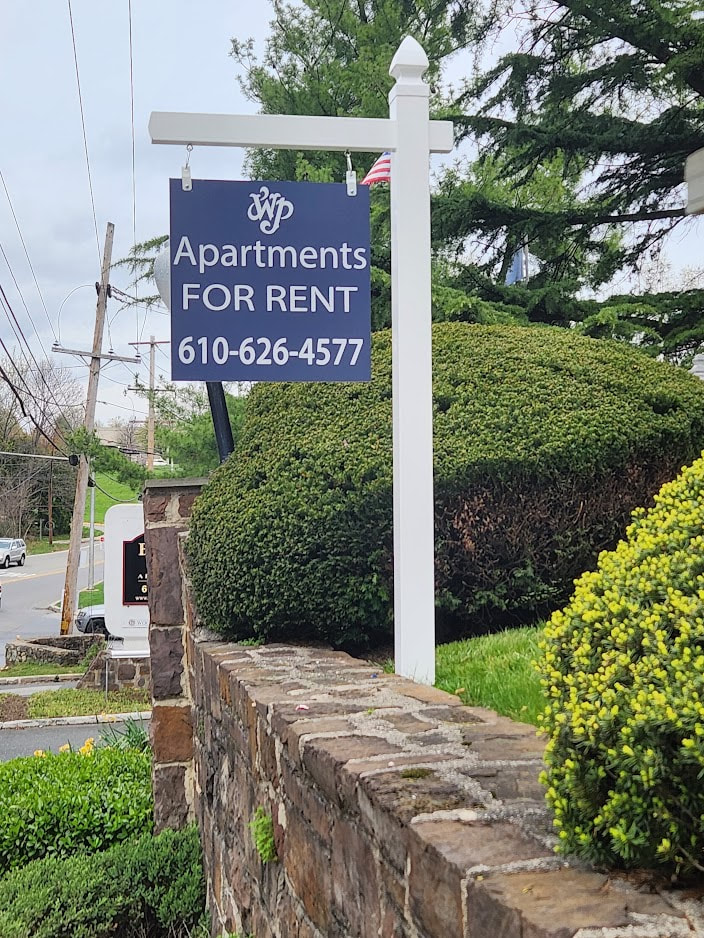
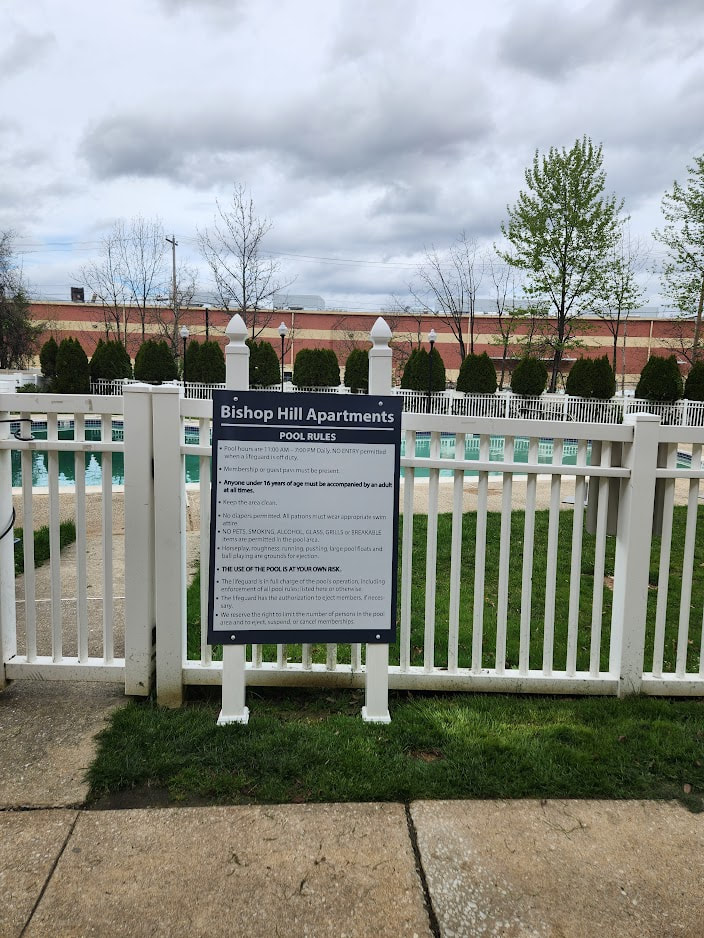
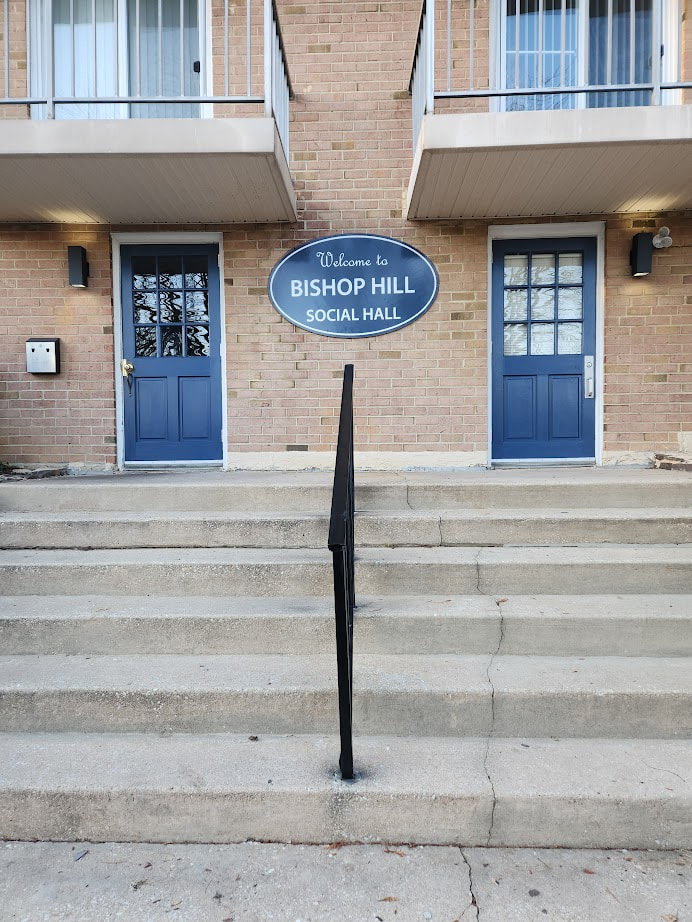
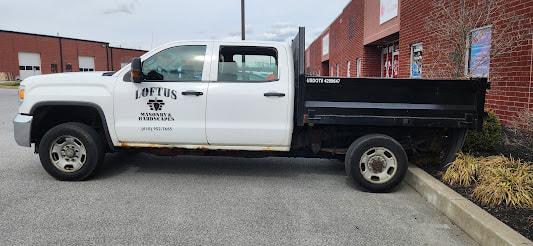
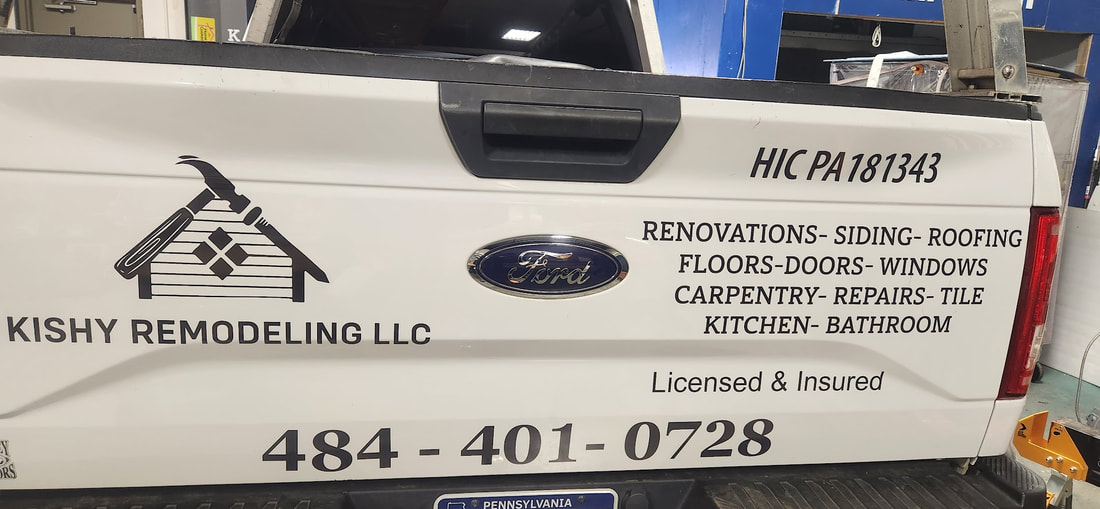
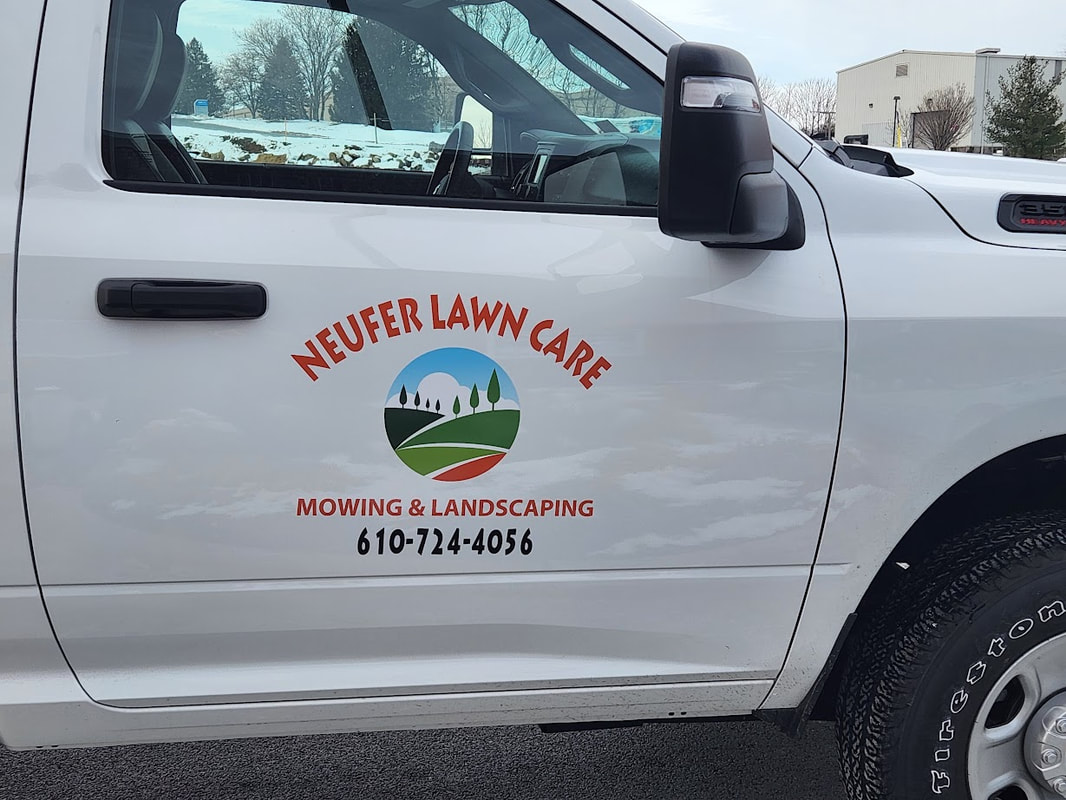
 RSS Feed
RSS Feed
